March is a tricky month for gardening here in zone 7a. Some days make you think that spring is just around the corner while others are chilly willy. The soil temperature is a good way to gauge whether Mother Earth is ready for planting. Soil thermometers are inexpensive and can save you a lot of worry.

Most seed packets indicate an ideal temperature range for germination. If you are seeding peas directly in the ground, for example, the soil temperature should be at least 45 degrees Fahrenheit. Melissa, over at The Empress of Dirt, has an excellent post with a chart of recommended seed germination temperatures.
Garden Chores for March
Here is my checklist of garden chores that I plan to work on in March.
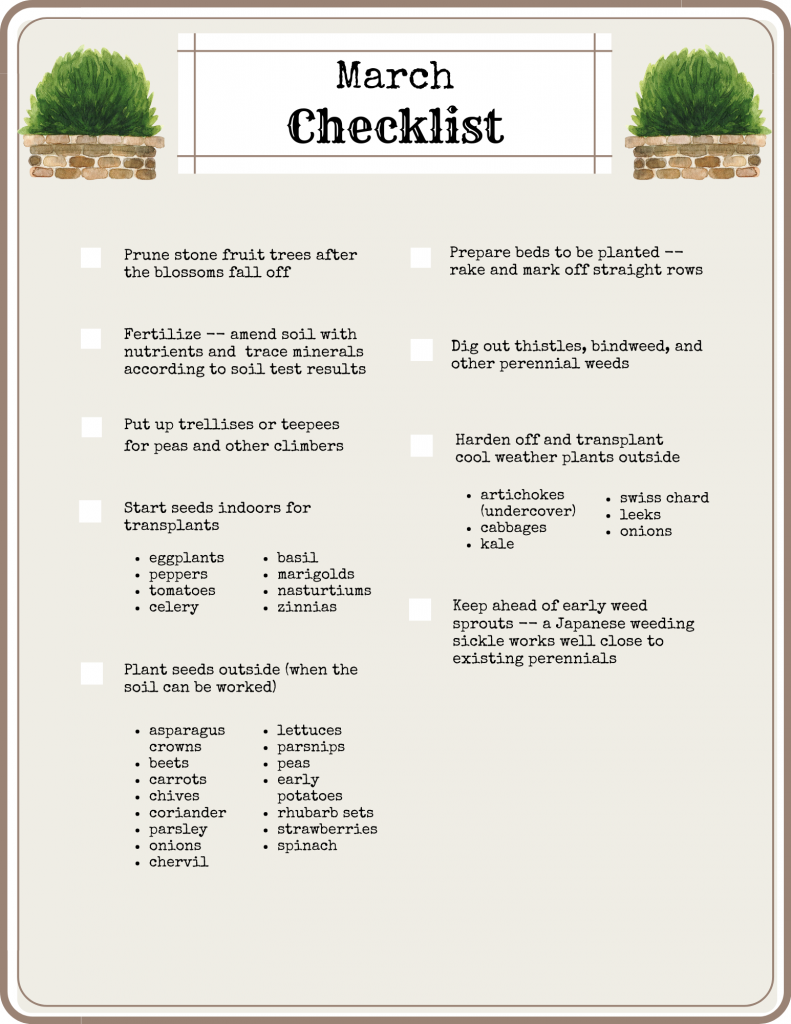
Finish leftover garden chores from February’s to do list
One the garden chores that I was on my January to do list, but I STILL have not finished, is pruning. Early March is still an okay time for pruning fruit trees and berry bushes.
I did get my everbearing and junebearing raspberries pruned in February. I pruned the junebearing varieties in the traditional way – cut the canes that fruited last year to the ground and trellised up the canes that will bar fruit this summer. The everbearing varieties can be pruned like the junebearers for a medium size summer and medium size fall crop. Or they can be pruned to the ground for a big fall crop. I opted to prune them to the ground because #1 most of the canes appeared to have fruited last year and #2 it is so much easier than selective pruning and trellising!

I also managed to get my fig and elderberry bushes pruned into shape last month. Here is the before and after of my out of control elderberry bush.


Use Pruned Cuttings
I like to re-use as many of my fruit tree and berry bush cuttings as I can. I cut them in 8-12 inch lengths and keep them moist in a jar of water until I’m done pruning. Then I bring them in and dip them in rooting hormone and plant them in potting soil or directly in the ground. Certain bushes are extremely easy to grow from cuttings; Elderberries, raspberries, blackberries, gooseberries, figs, and currants are the ones that I have had the most success with. I dip the end in rooting hormone and plant them in big pots.

Fertilize and amend soil
My goal is to grow food that is as nourishing for my family as possible. Plants, like people, can grow without nutritious food. However, the more nutrient dense your soil is, the more nutrient dense your fruits and vegetables will be. And the more well-nourished your family will be.
I do a yearly soil test (including micro nutrients) and amend the soil according to soil test results. Here is a post where I go into detail about that process.
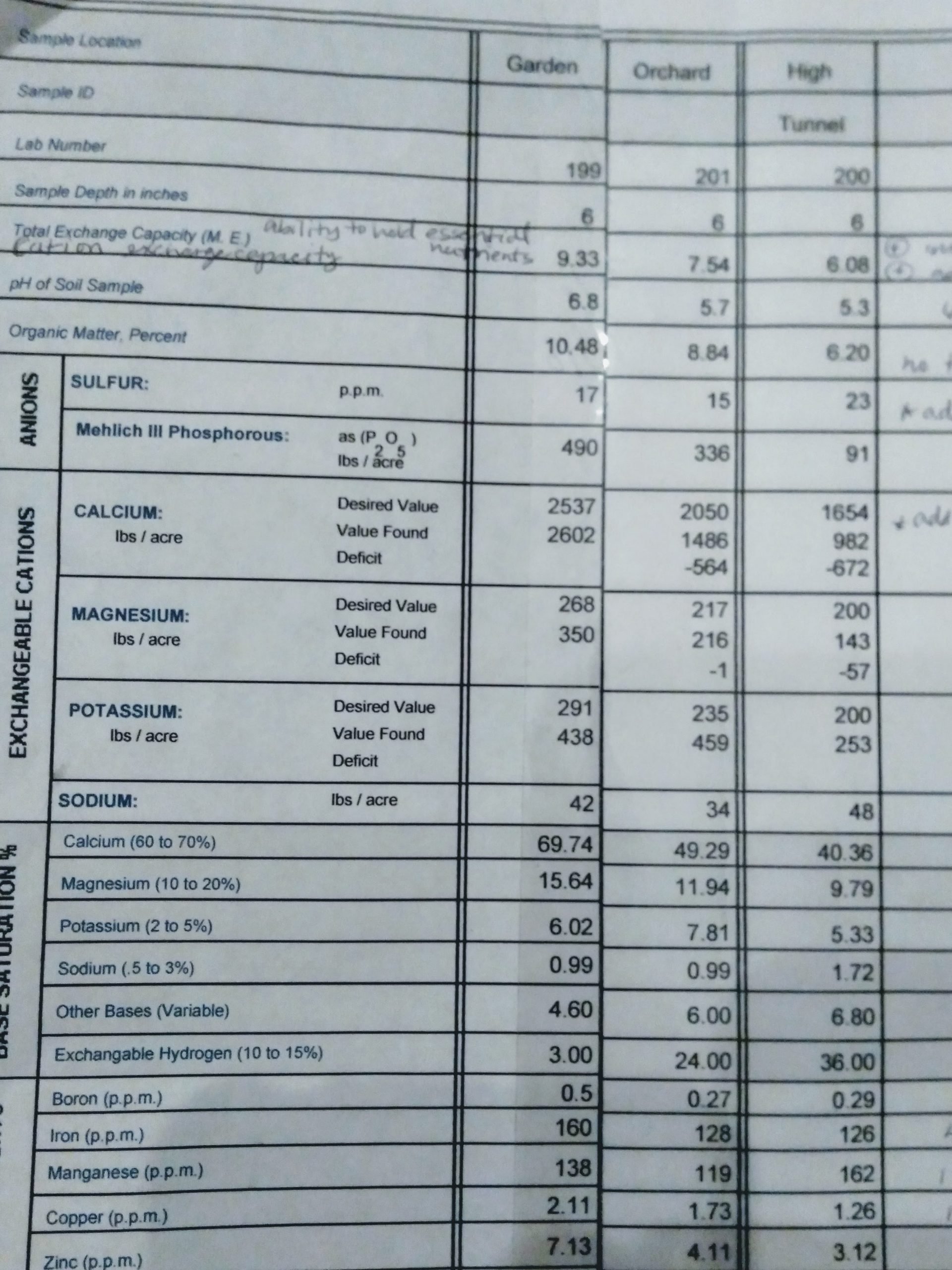
Here are my calculations and amendments from last year:
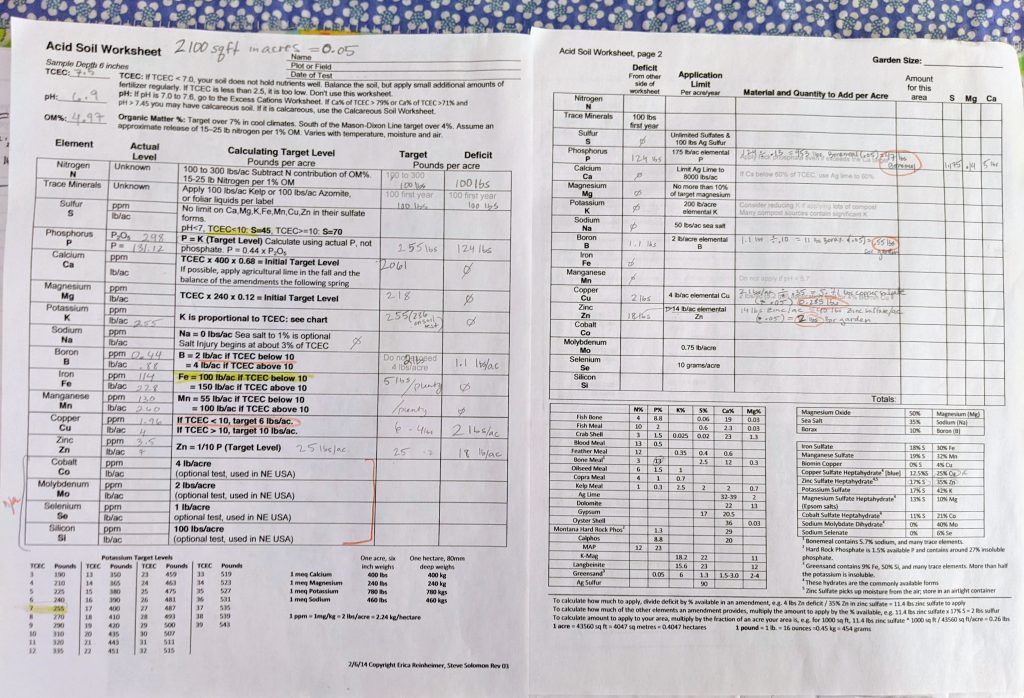
Prepare beds to be planted
Last year, we set-up the pea fencing during the second week of March and then planted our peas a week later, on the day before rain showers were expected. This year we will grow gourds on trellises next to the barn. I layered thick pieces of cardboard along the future bed and piled it with rabbit manure. We will not actually be planting gourds in that bed until June. I’m just trying to get as much done now as possible so that things will go smoothly in the busy season.

Fencing for trellising peas and beans ready for planting
Keep ahead of weeds
As soon as I see the grass start greening up outside I know that the weeds are coming up too. The weeds are so much easier to handle while they are tiny. For annual “weeds” like violets, shepherds purse, and mallow can be scraped off the surface with little hand hoes or Japanese weeding sickle. Perennial weeds like thistles and bermuda grass are much harder to tackle, but early spring is an excellent time to dig those up while they are not fully energized.
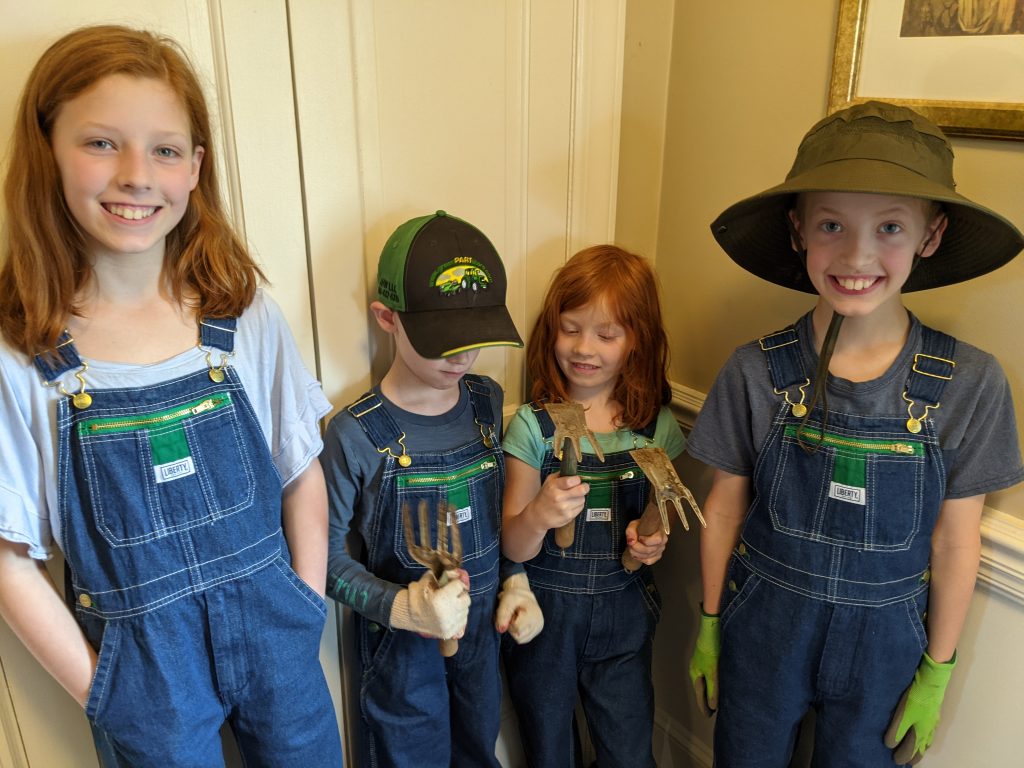
Start seeds indoors for warm weather transplants
Here in zone 7a: peppers, tomatoes, basil, zinnias, marigolds, nasturtiums should be started indoors in March, or even late February. They need to get a head start on growing so that they can hit the ground running when it is warm enough for them to be transplanted. Even though my basement is fairly warm, around 60 F, these tender annuals need heat mats to germinate.

I recommend using grow lights and potting soil. I wrote about my seed starting methods here.
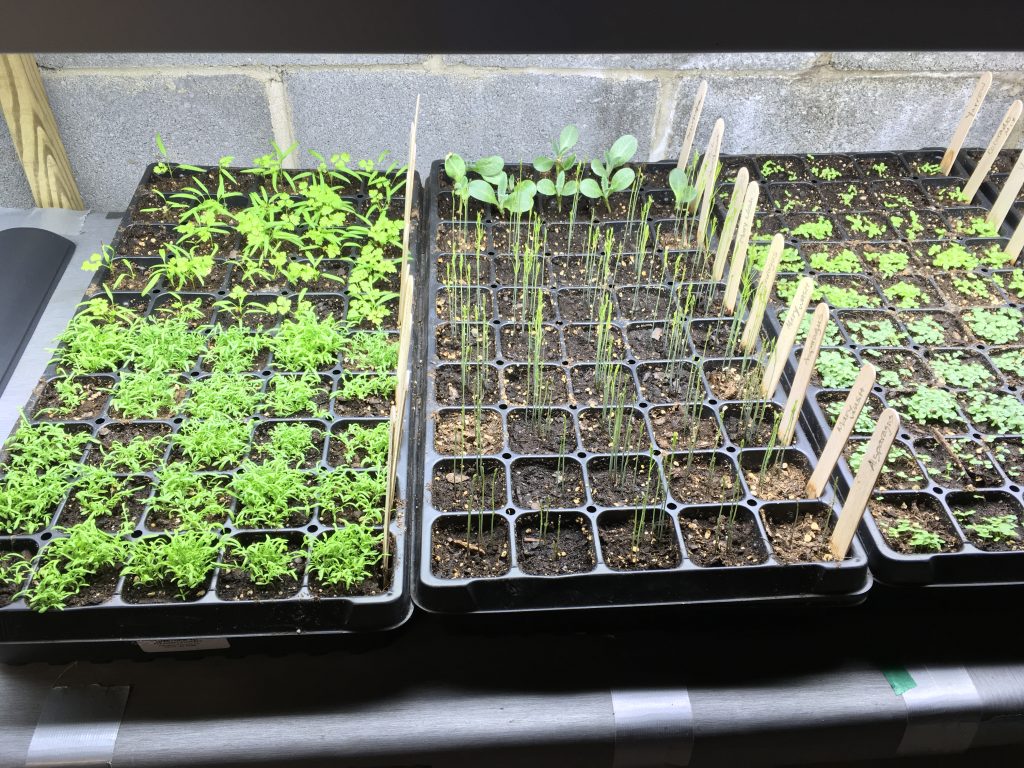
Harden off and transplant cool weather plants
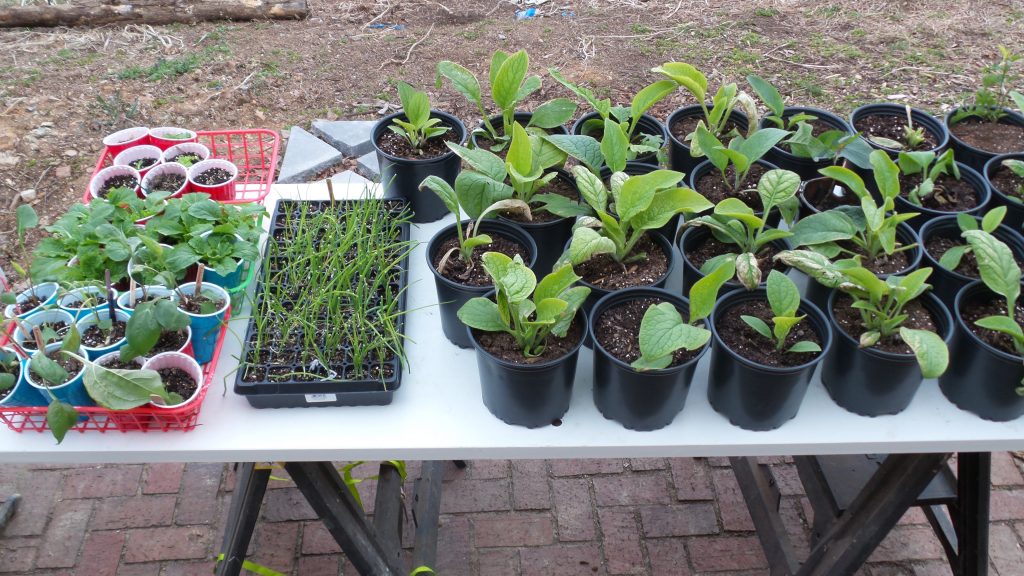
Seedlings grown indoors are not used to the full light of the sun or the power of the wind. Gradually harden off seedlings over the course of a couple weeks. The first day let them have 1 hour of morning sun exposure. Then 2 hours of morning sun the next day etc. until they are getting a full 8-10 hours of sunlight per day. I use row covers or lightweight fabric to shield the plants from the sun once they have had enough time in the sun for that day. It’s important to keep a close eye on the weather lest temperatures suddenly drop and it starts snowing…
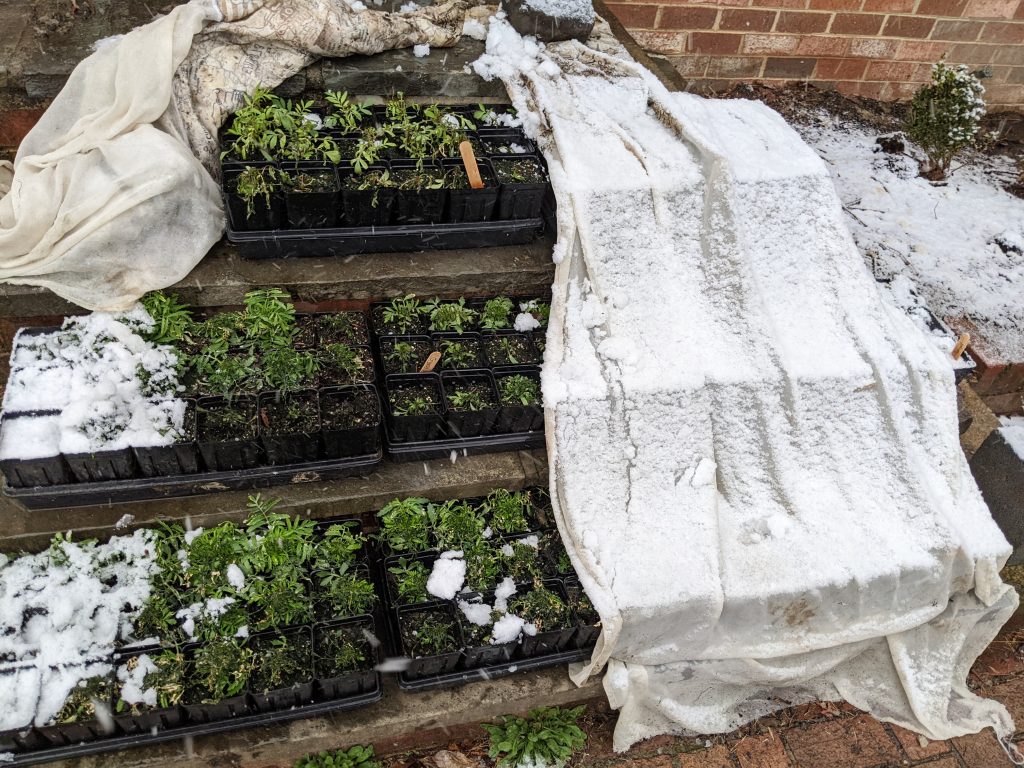
Direct seed cold hardy plants
Plant outdoors (around mid month depending on weather and soil temperatures): peas, kale, lettuces, and cabbages. Around the end of the month plant seed potatoes, asparagus crowns, carrots, and onions.
We laid out our rows for onions and carrots in the third week of March last year. We had a very efficient little chicken tiller helping us along our way.
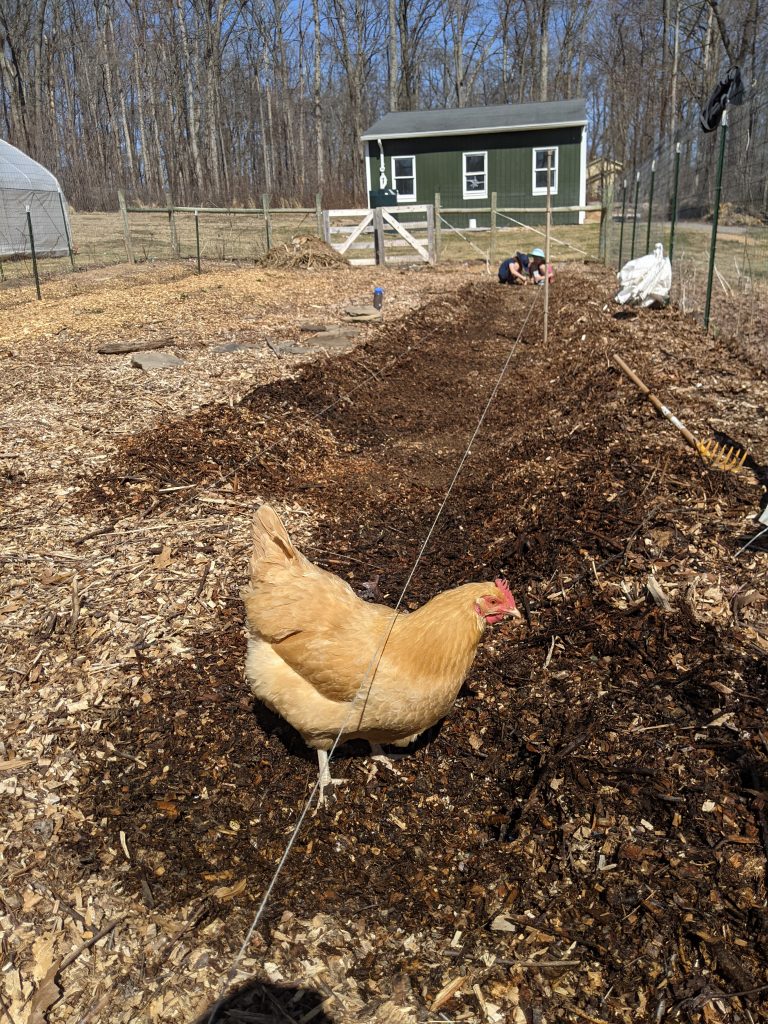




Leave a Reply